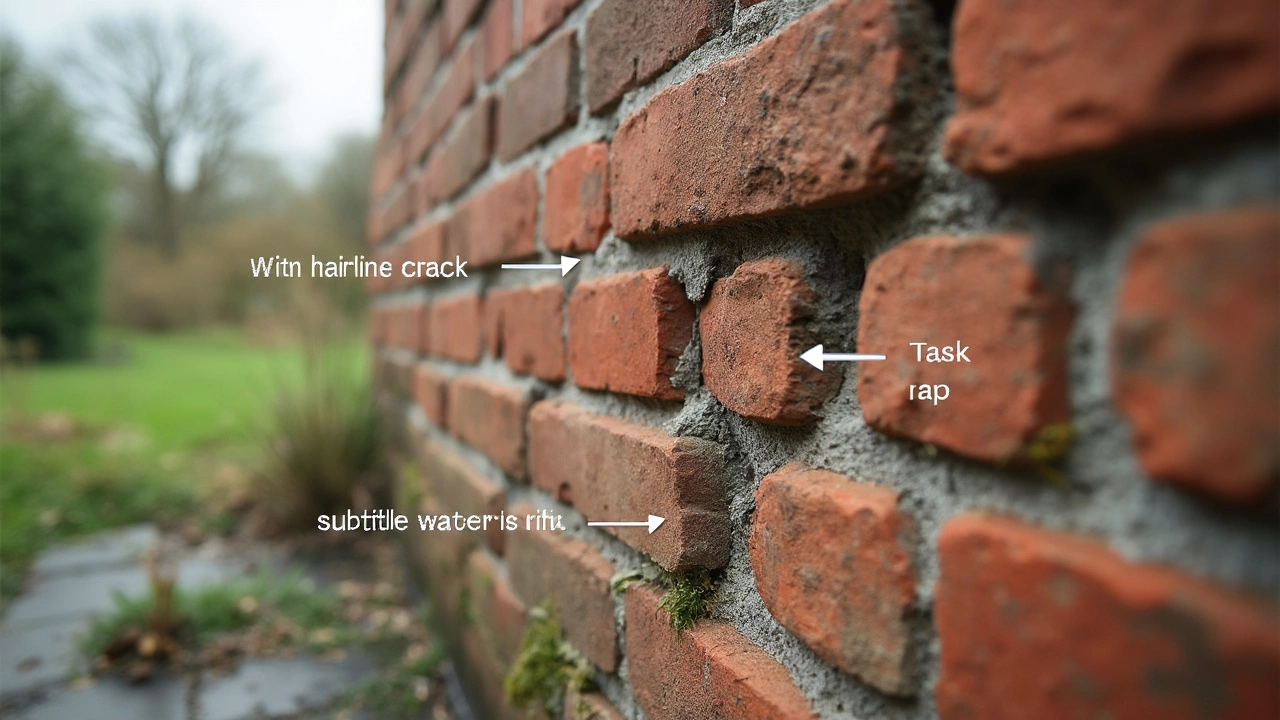Polyurethane Foam – What It Is and How It Helps Your Home
Ever wonder why a thin layer of foam can stop drafts, seal cracks and even protect a wall? That’s polyurethane foam at work. It’s a flexible, spray‑on material that expands right after you apply it, filling gaps and creating a tight seal. Homeowners love it because it’s cheap, fast and does a lot more than just cushion furniture.
There are two main types you’ll see: open‑cell and closed‑cell. Open‑cell foam stays soft, lets moisture pass through and is great for sound dampening. Closed‑cell foam is denser, blocks water and adds a bit of structural strength. Knowing which one you need saves time and money.
Quick Ways to Use Polyurethane Foam Around the House
Got a drafty window frame? Spray a thin line into the gap and watch the foam expand to fill it. It shrinks as it cures, so the seal stays tight. For a leaky pipe, coat the pipe with foam after you’ve fixed the leak – it adds an extra barrier against rust. When you’re installing new baseboards, a quick foam bead stops any unwanted movement and keeps the floor level.
Even if you’re not a pro, a small 12‑oz can works for most DIY jobs. Just shake the can, attach the straw nozzle, and press the trigger. Remember to wear gloves and a mask – the chemicals can irritate skin and lungs. It’s also smart to work in a well‑ventilated area.
Benefits That Make Polyurethane Foam Worth It
First, it’s an energy saver. By sealing cracks, you stop warm air from escaping in winter and keep heat out in summer. That means lower bills without a big renovation. Second, it blocks moisture, which helps prevent mould growth – a big win for health. Third, it adds a tiny bit of extra insulation value, especially the closed‑cell type.
Cost‑wise, a single can costs about £8‑£12 and can fill roughly 2‑3 m² of small gaps. Compared to hiring a tradesperson, you’re looking at huge savings. Plus, you get the satisfaction of doing the work yourself.
When you finish a job, let the foam cure for at least an hour before trimming any excess. A sharp utility knife does the trick – cut flush with the surface, then sand if you need a smooth finish. Paint over the foam if it’s in a visible spot; the paint adheres well once the foam is fully cured.
Safety points: keep foam away from children and pets, store cans upright, and never puncture a can. If foam gets on skin, wipe it off quickly with a wet cloth; it hardens fast and is hard to remove later.
In short, polyurethane foam is a versatile, inexpensive tool for sealing, insulating and protecting your home. Whether you’re patching up a small gap or tackling a bigger insulation project, a quick spray can do the job. Grab a can, follow the safety steps, and you’ll see instant results that keep your house comfy and energy‑efficient.
Best Foundation Crack Repair: What Actually Works?
- Gavin Whitaker
- |
- |
- 0
Foundation cracks look scary, but not all repairs are the same. This article breaks down the main ways to fix foundation cracks, explains which methods work best for different situations, and covers pros, cons, and what to watch out for. You'll learn simple warning signs, get money-saving tips, and understand when it's time to call an expert. Whether it's a thin hairline crack or a wider gap leaking water, you'll know your options before you even call a contractor.
View more